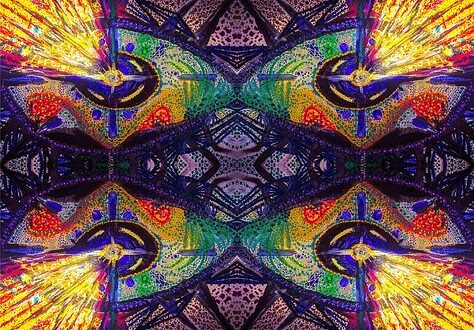
The truth about yin and yang
The truth about yin and yang
Yin and yang are opposites. Two components that are present in everything that exists in the universe. They are fundamental forces. Universal. And although they are opposites, they are also necessary for each other. Yin does not exist without yang and vice versa. Just as there is no day without night, no good without evil, and no exhalation without inhalation. Everything that exists is more yin or more yang. But it is not entirely one or the other. The principle of yin and yang is the foundation of Taoist philosophy. And at the same time one of the leading principles of feng shui.
The term “yin” literally translated into Polish means: “dim weather on one side of a mountain.” Yin is the energy of darkness. It brings to mind night, cold, shadow, winter or silence. Yin describes the female element in the universe. It expresses calmness, gentleness, passivity and emotionality. In contrast, the term yang translates as “sunny side of the mountain.” It is the energy of light. So it is associated with warmth, day, summer, life and activity. Yang represents the male element in the universe. It expresses movement, rationality, strength, toughness and boldness.
Yin and yang according to feng shui
Feng shui, the ancient Chinese art of interior design, strives for a balance between yin and yang. It strives for a person’s environment (colors, shapes, materials, lights) to harmoniously coexist. And for a person to harmonize with the environment in which he resides. Hence, those rooms in the house that are sunny are excellent for activities in which yang prevails. Conversely, darkened rooms are favorable for performing activities in which yin predominates. By shaping one’s environment (choice of colors, materials, furniture, textiles), a person influences the energy that circulates in the house. A house can be more yin or more yang. Rooms that are more yin (for example, the bedroom) should have a calm character. For them, matte colors, low furniture, dim light are appropriate. On the other hand, rooms that are more yang (intended for work or activity) should be dominated by colors and objects that will add energy to the activity. Glossy colors and tall furniture are therefore appropriate. The most important thing, however, is that the various rooms are furnished according to their purpose and that the home fully meets the needs of its occupants. Here are some examples of room furnishings and activities in line with the yin and yang principle.
Examples of applying yin and yang in feng shui
COLORS:
yin – green, blue, purple, gray, black
yang – yellow, orange, red, purple
MATERIALS:
yin – wood, wicker, fabric
yang – metal, stone, glass
FURNITURE/TEXTILES:
yin – furniture made of soft wood, pillows, carpets
yang – furniture made of hard wood, paintings, sculptures, mirrors
PHYSICAL ACTIVITIES:
yin – walking, yoga, resting, sleeping
yang – running, cleaning, dancing
MENTAL ACTIVITIES:
yin – reading books, watching a movie, listening to music
yang – working on the computer, learning a foreign language




